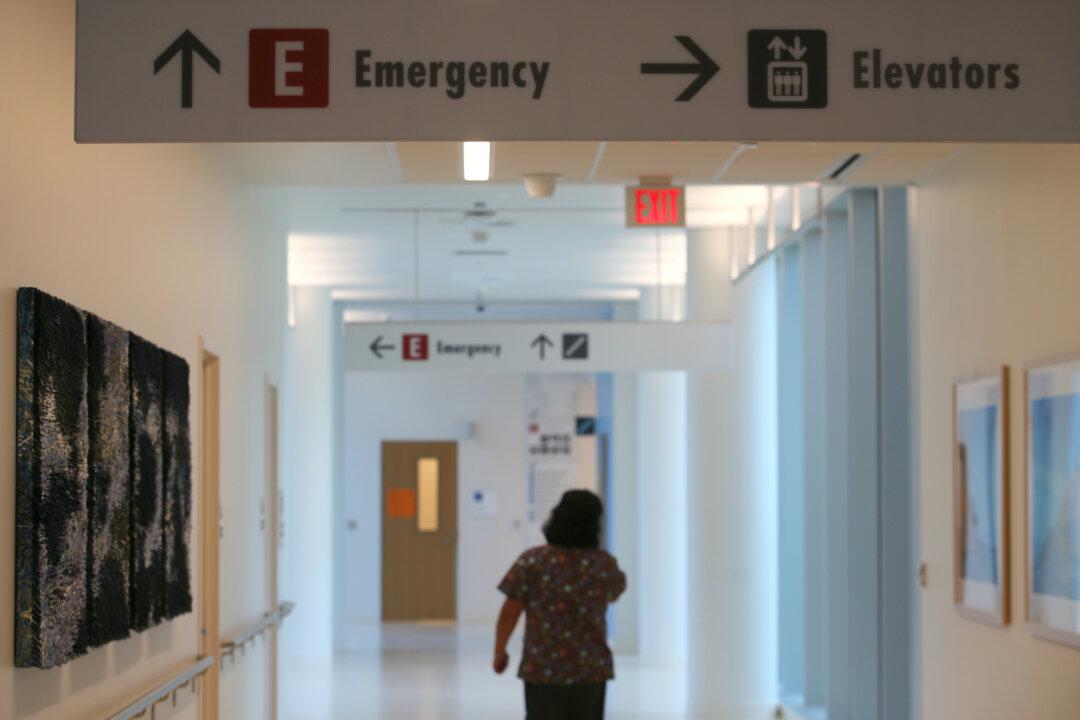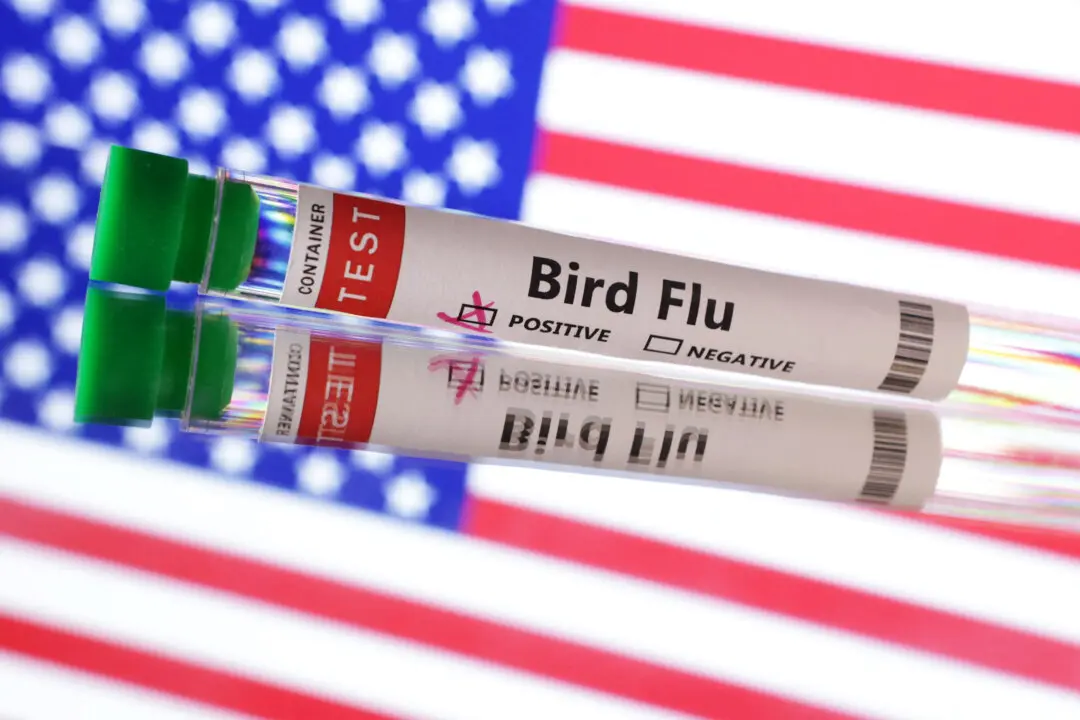GRIMSBY, England—UK Prime Minister Theresa May urged the European Union on March 8 to make “just one more push” to break the deadlock over Brexit by offering her changes to a deal to help persuade Britain’s deeply divided parliament to approve it.
With just three weeks left before Britain is due to leave the European Union, May has failed so far to get the changes to her divorce deal that she believes would win over lawmakers who handed the government a defeat of record proportions in January.





